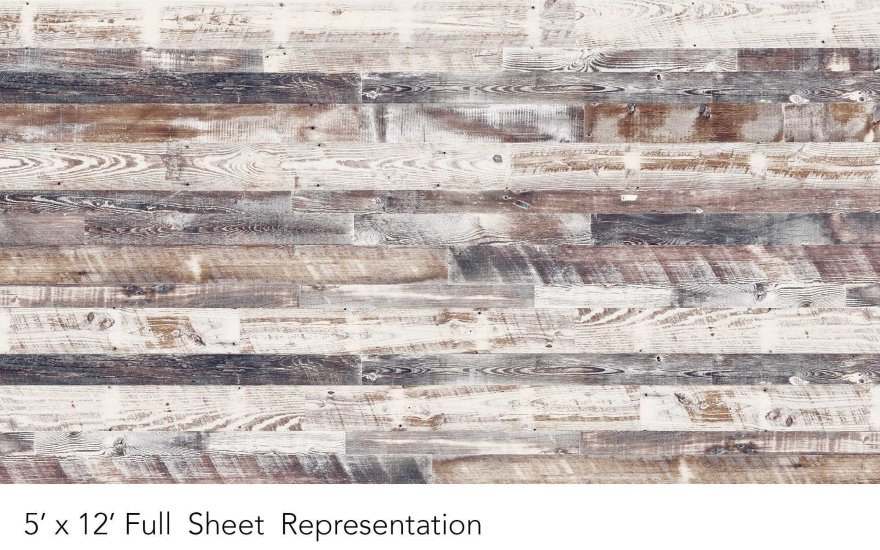Congratulations, you've made it to 2017. Last year was a rollercoaster ride and it's safe to say we all deserve a pat on the back for getting through it. With each new year comes new opportunities. We're not talking short-term resolutions - we're talking goals to make big things happen. Maintaining a strong online presence is a major step in accomplishing whatever goals you choose to set for yourself, especially if your field requires you to have a portfolio. Whether you're a freelancer looking for gigs or you're on the hunt for a full-time job, the most effective way to show off your work is by creating your own website. If you don't already have a website or online portfolio, make 2017 the year you finally take initiative and build yourself a beautiful home online.
Here are some tips to keep in mind as you begin to build your online presence:
1.Make time and commit
Sure, you can humor the idea of doing little pieces in chunks, but that will most likely result in a website that looks half-finished. Would you want to move into an apartment that was still being built? Probably not. Set aside a few uninterrupted hours of the day, throw on some music, and give your full, undivided attention to this project.
2. Go in with a plan
Before you begin building your website, create a plan. Going into it blindly isn't the worst thing, but it can mean more work overall when you have to go back and tweak things later. Make a bullet list of the categories you want to feature. For example: 'Art', 'Design', 'Photography' etc. Knowing your categories helps you plan a layout faster and also makes it easier to add your work. Figure out the projects you want to feature and make sure you have high resolution files all ready to upload. It's also good idea to put everything in one folder so you can drag-and-drop.
3.Get inspired
Search for peers in your field and look at their websites to get fresh ideas. Track down some pages and get a look at the layout, themes, designs, and content to give you an idea of what might work best for you. On sites like Squarespace, you can even choose from pre-designed templates. All of them are completely customizable, but choosing a template gives you a quick launching off point, and then you can change things like font and colors to suit your taste. When designing your website, find inspiration from fellow creative-types. We think all of these pages look awesome:
Jeff Rogers
Lauren Bohill
Chris Rushing
4. Don't forget social media
It always amazes us how many designers have little to no social media presence. Potential employers often treat a lack of social media pages as a sign that you are behind the times or maybe up to no good. We'll save that lecture for another blog post, but in the meantime, make sure that people can easily connect to your social pages through your website. This is almost as important as providing an email address. Squarespace gives you the option to easily link your social media pages to your website. That way you can always be cross-promoting all of your work and all of your pages. If you already have a decent following on social media, use it to tell people about your upcoming website and get them excited for the launch.
5. Find a platform that's as design-centric as you are
There are loads of sites out there that offer a place to post your work. The key is finding the best fit for what you are looking to accomplish. When it comes to creating your own website, there are a handful of the important features to keep in mind as you build your own. If you're a creative-type, chances are much of your work will be visual. Make sure you consider the visual components and find something that reflects your unique style. Squarespace offers customizable templates that will fit your any of your objectives, visually and professionally. Not only that, but there are useful features like a logo maker, access to Adobe Typekit, and integration with Getty stock images. Signing up means easy access to all of these features, and if you use our promo code CORE77 you can get 10% off!
6. Find an all-in-one platform
One of the reasons why many of us put off building our own website for so long has to do with the fact that most options out there are filled with tedious work and headaches. Avoid sites that require extracurricular tech work on your end. If that means paying a monthly fee for a service like Squarespace, it'll be worth it for the ease of access and the valuable time you save not messing with the backend. With Squarespace you can also sleep comfortably knowing that your site is perfectly optimized for every kind of device - an important feature considering how many people will probably be checking out your work from their phones. The platform grows with its customers, keeping up to date with technology and also allowing you to add in things like e-commerce later on.
7. Score your own domain
Visuals are definitely important, but if you want to look super professional, one way is to have a clean, descriptive web address for your site. This also makes you easier to search, and therefore easier to contact. Plus, if you're lucky you'll score your name (yourname.com), and what could be better than having a domain with your name on it? Squarespace actually gives you a free domain for a year when you sign up for an annual membership, and if your desired '.com' is taken they offer alternative TLDs like '.photo'.
8. Keep it simple
Make sure you don't overwhelm. Choose a design that is attractive and direct. Clutter is bad at home or the office and it's just as bad online. Potential employers should be able to easily access your portfolio, social media, and contact info without having to poke around your site. Remember, you have about 5-15 seconds to catch someone's attention, which is why you want to have a strong visual presence and a simple, direct message about who you are.
9. Make your website a one-stop-shop for all things you
Your website may be the only chance you have to make an impression, so it should be one that is unforgettable. Depending what you are looking to accomplish, you can treat your website as a resume, business card, portfolio, and even a storefront all wrapped in one. You don't want to give people any reason to have to search elsewhere for your work, so take advantage of every feature you can add and customize it to fit your goals. The beauty of a platform like Squarespace is the convenience of features like starter layouts, which come with pre-made standard blocks like "about", "directions", and "contact".
Ultimately, building your personal website is about making your next move. Make 2017 the year you finally share your talents with the world. Having a personalized website you're proud of will be a major motivator to get yourself out there. Squarespace lets you maximize creativity and minimize all of the things that can make creating your own website so annoying.
There is no better time to get started than right now. Use promo code CORE77 and receive 10% off when you sign up for Squarespace!
![]() tracking pixel do not remove
tracking pixel do not remove
![]()




















































































